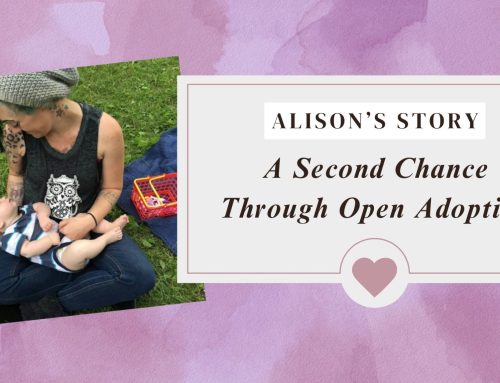Unplanned pregnancy rates are highest in the Southern states. In 2010, New Mexico, Texas, Louisiana, Mississippi, Florida, Georgia and Maryland had the highest rates of unplanned pregnancy, according to the Guttmacher Institute, with anywhere between 55% to 62% of all pregnancies being unintentional. Among teenagers, almost 77% of pregnancies are unplanned.
Of Northern states, only New York, New Jersey and Delaware reached similar rates of unintended pregnancy. The Midwest, on the other hand, has remarkably low rates, with few western states reaching higher than 47%.
It’s What – And How – We Teach Teens
Perhaps unsurprisingly, these same Southern states struggling with unplanned pregnancies have had a difficult time grappling with how, and even if, they should educate high schoolers about sexuality. Many of the states, like Mississippi, rely instead on “abstinence-only” education, a method that discourages high school-aged kids from having sex until they get married.

Most abstinence-only programs don’t include information on birth control or, for that matter, anything else that would help teenagers become sexually active safely.
Abstinence-Only Education Has Failed
Abstinence-only education also happens to be a failure, no matter how you parse the details or define what “success” would look like.
States with high school programs that emphasize abstinence have the highest rates of unplanned pregnancy. In contrast, kids who are exposed to “comprehensive” sex education, which covers abstinence and safe sexual practices, are around 60% less likely to become pregnant or get someone else pregnant as children who attend abstinence-only classes.
That’s what researchers at the University of Washington discovered in a 2008 study, which also found “no evidence to suggest that abstinence-only education decreased the likelihood of ever having sex or getting pregnant.”
A federal review of abstinence-only programs in Virginia, Florida, Wisconsin and Mississippi found similar results. Teens enrolled in those programs were no less likely to abstain from sex than teens not enrolled. They didn’t seem to delay their first sexual encounter, either.
Turning Kids Off To Safe Sex
But it’s not that abstinence-only programs have no effect whatsoever. It’s just that the effects aren’t particularly helpful where teen sexuality or unplanned pregnancy are concerned.
In 1996, Congress passed the Personal Responsibility and Work Opportunities Reconciliation Act, a law that gutted federal welfare programs. Buried deep in the law was a different provision, one that appropriated large sums of money to support “abstinence education.”
Every state except for California took part in the program. California had already experimented with abstinence-only education in the 90s, but found it ineffective. By 2003, nearly $500 million from federal and state budgets had been used to support abstinence-only education. Soon after, 11 other states learned the lesson California knew all too well.
An independent review of those 11 programs conducted by Advocates for Youth found extremely mixed results. The majority of abstinence-only programs showed no evidence of making a long-term impact on students attitudes toward sex, including their choice of when to become sexually active. Even more troubling, abstinence-only programs seemed to decrease students’ willingness to use contraception when they were sexually active.
Fostering Healthy Attitudes Toward Sex
Between 1991 and 2000, teen pregnancy rates (for people between the ages of 15 and 19) dropped by 27%. But that’s not because teenagers have stopped having sex. Researchers from the Guttmacher Institute attributed 77% of the recent decline in unplanned pregnancy to improved birth control use.
Teaching high schoolers to avoid sex at all costs is unrealistic. It’s also counter-productive. As we’ve seen, abstinence-only education has proved a resounding failure, despite the fact that our government continues to fund it.
Moreover, abstinence-only education fails to provide our students with the tools they need to make healthy decisions in the future. College-age teenagers, not high schoolers, are most likely to face an unplanned pregnancy during their academic careers. 7% of community college students drop out because of an unplanned pregnancy, according to the American Association of Community Colleges. In Mississippi, the state with the highest unplanned pregnancy rates, nearly 70% of teenage pregnancies are women between the ages of 18 and 19.
We should be empowering young men and women, not depriving them of information. Somewhat surprisingly, that’s what Mississippi just did. In 2014, the state passed a law that requires public colleges teach students ways to avoid an unplanned pregnancy – not by telling them to stop having sex, but by educating them on contraception and reproductive health.





